روي ليشتنشتاين(1923-1997)


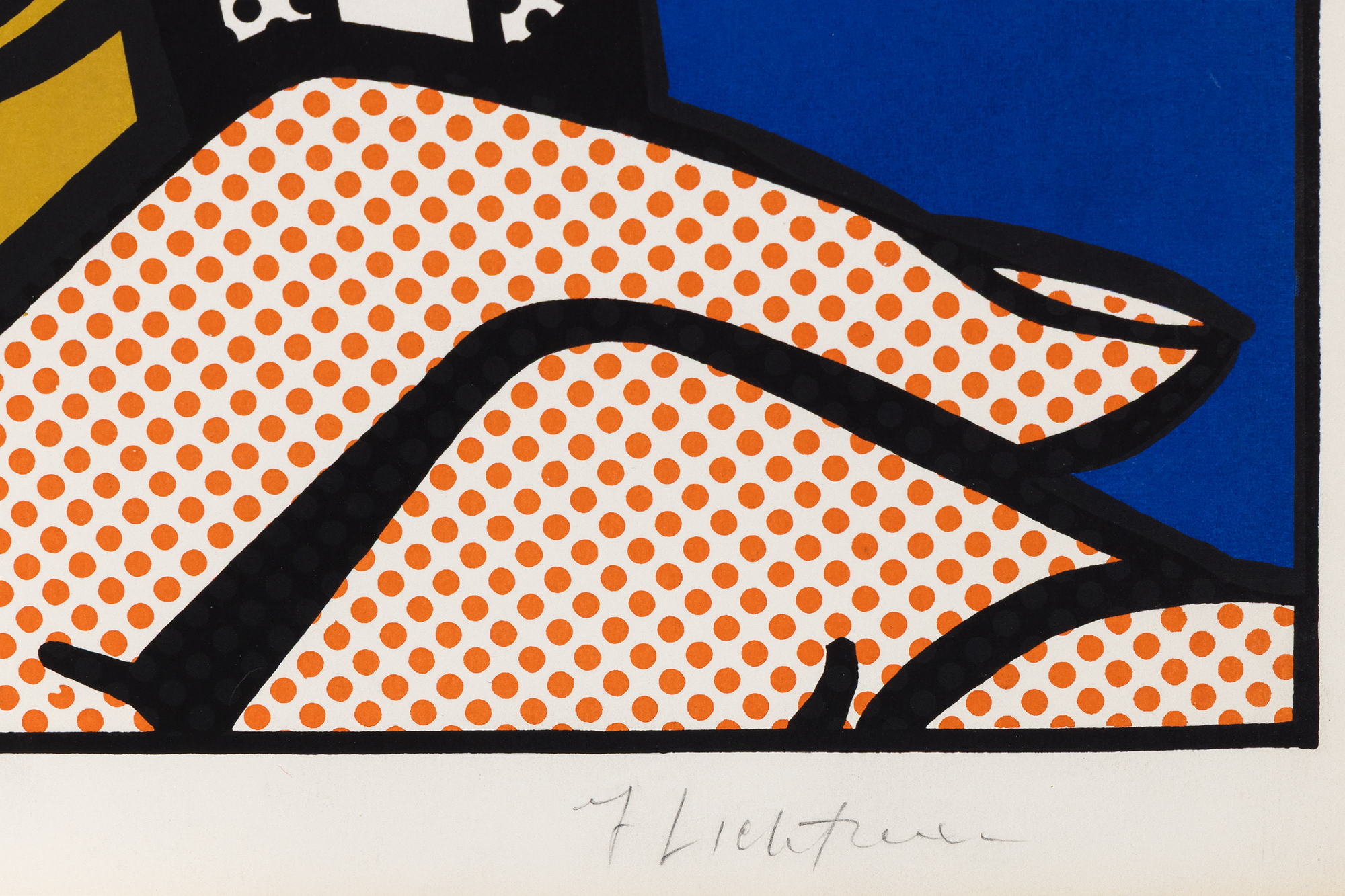

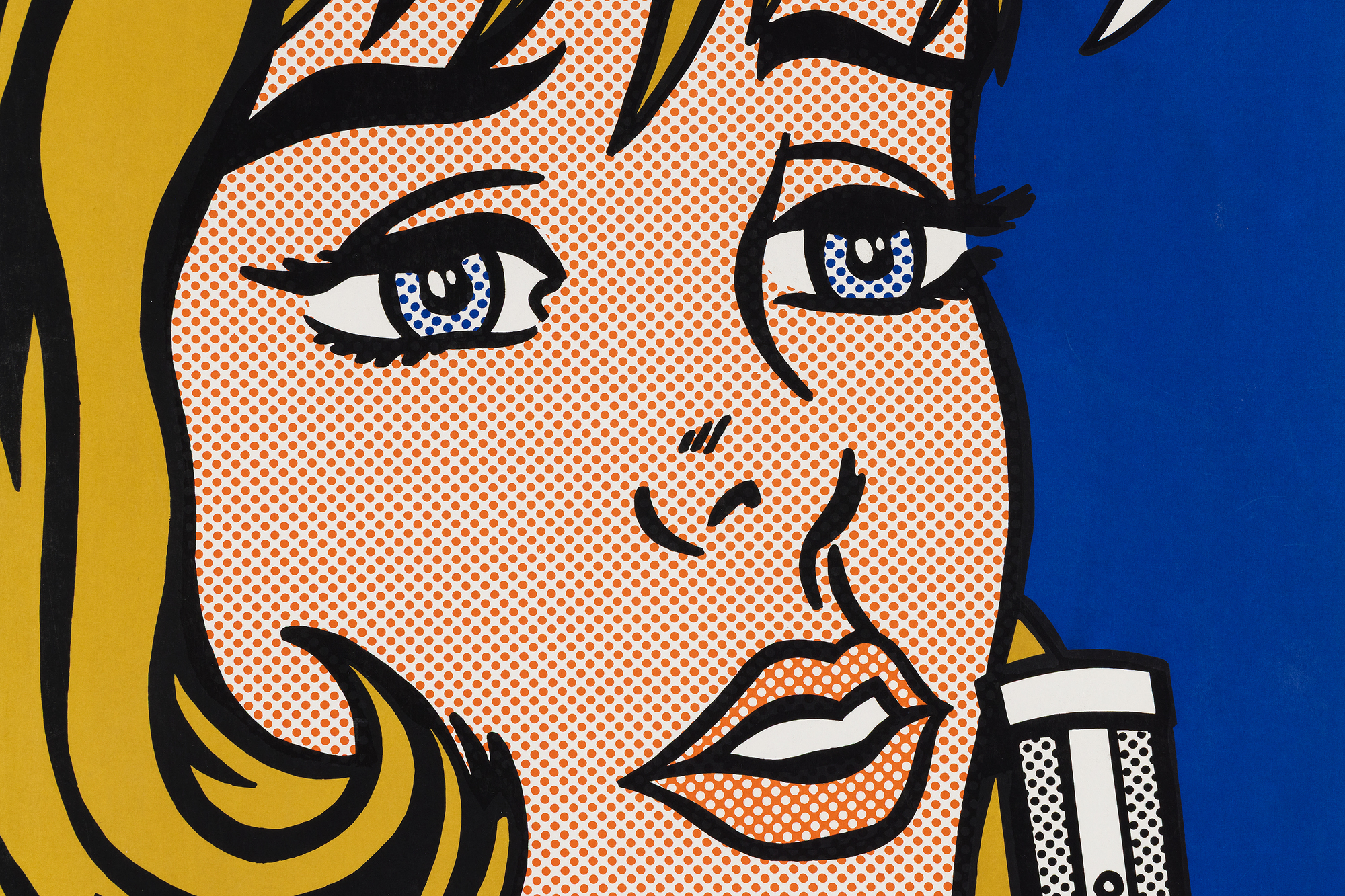
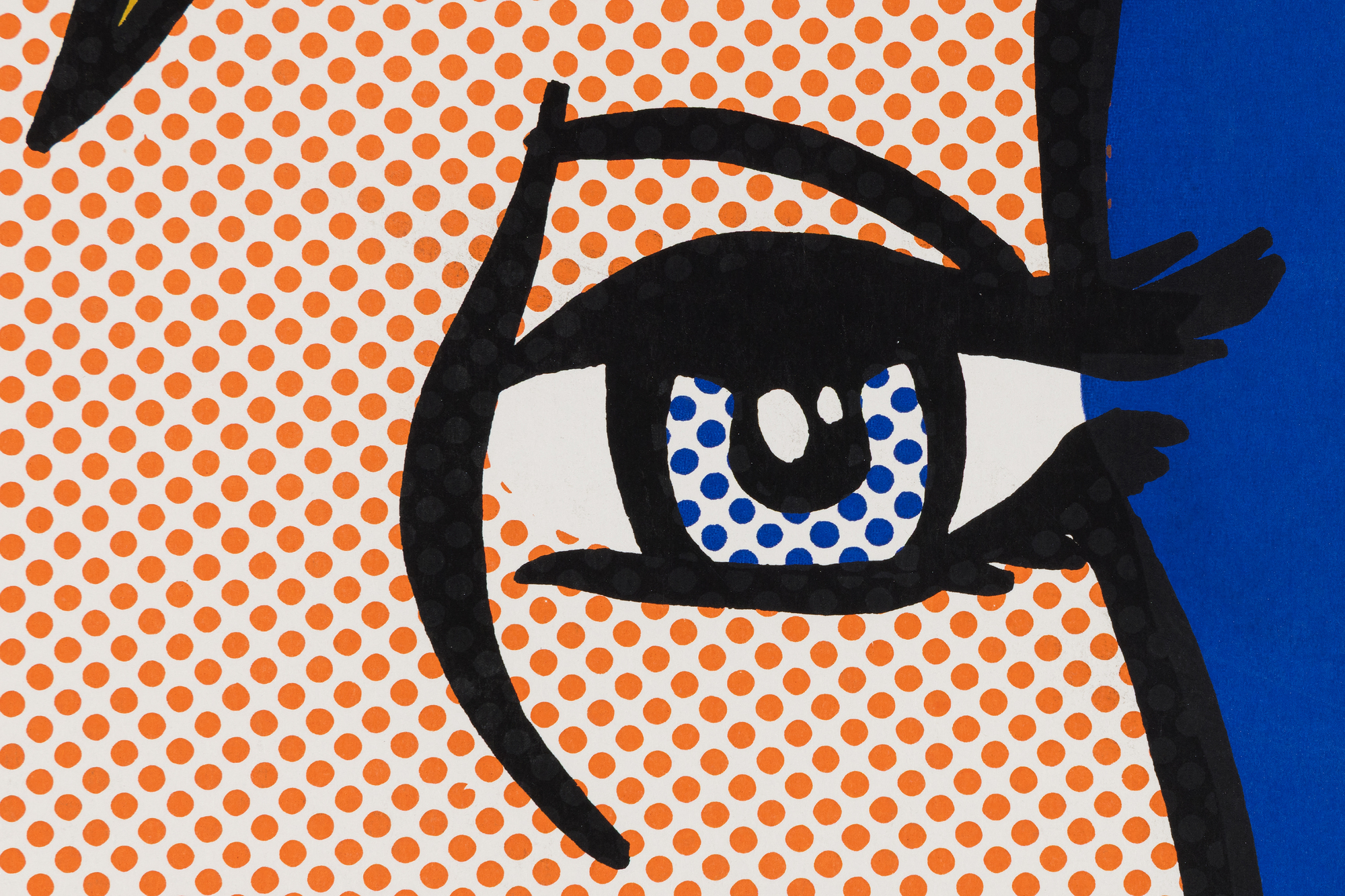
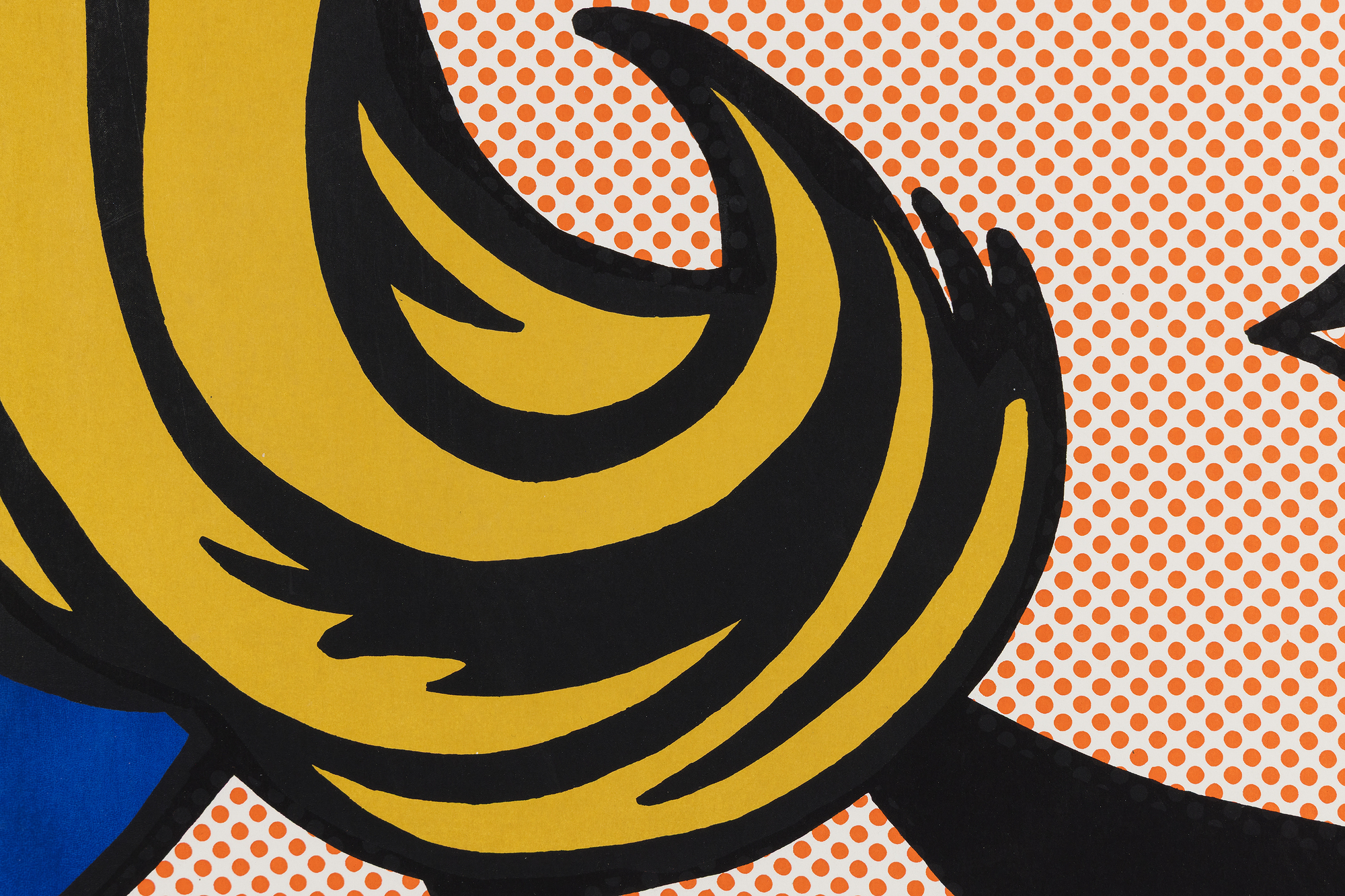

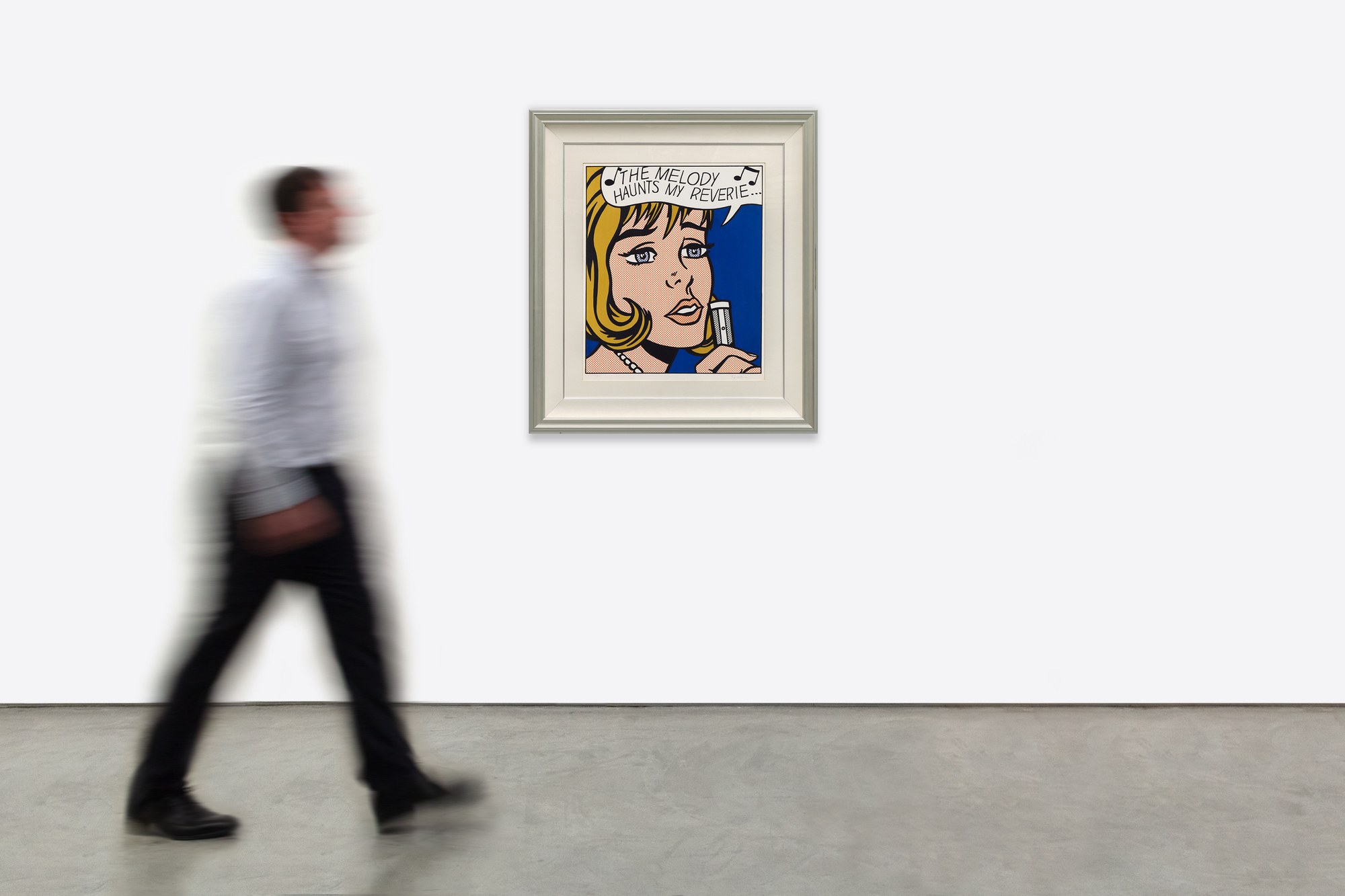
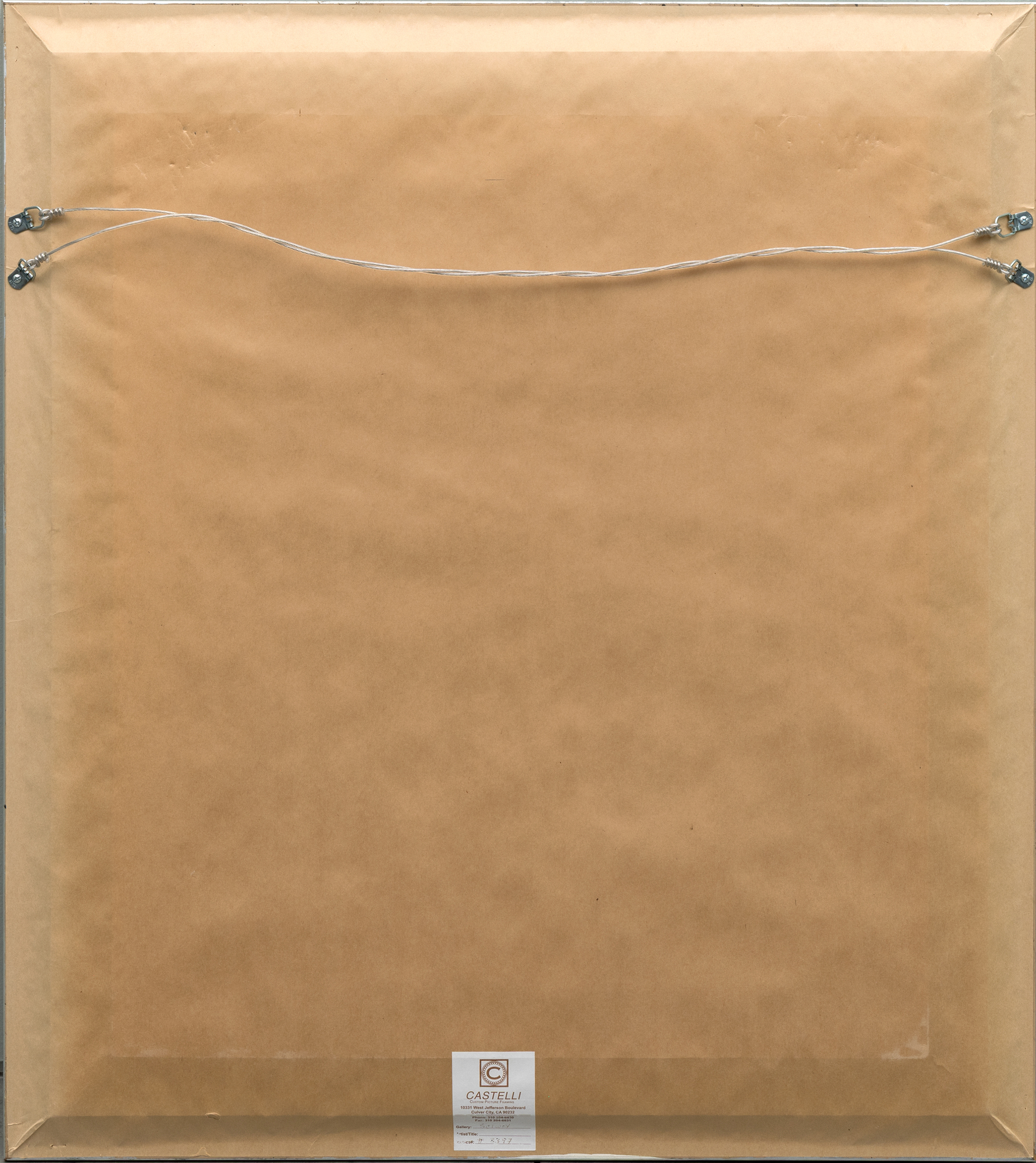
الاصل
هاميلتون سلوايمجموعة خاصة
الادب
بول بيانشيني، محرر. روي ليختنشتاين: رسومات ومطبوعات، لوزان، لوزان، 1970، رقم 10، ص. 220 (مصورة بالأبيض والأسود)ماري لي كورليت، مطبوعات روي ليختنشتاين: كتالوج ريزونيه، 1948-1993، الطبعة الثانية، نيويورك وواشنطن العاصمة، 2002، رقم. 38
أندريا ثيل ومؤسسة روي ليختنشتاين، روي ليختنشتاين: كتالوج مصور، نيويورك، نيويورك، lichtensteincatalogue.org، رقم 1132
195,000
يصور "ريفيري" بطلة متأملة ومنمقة تم تقديمها بنقاط بين داي المميزة لليختنشتاين وخطوط عريضة جريئة وألوان أساسية تجسد الميلودراما وضبط النفس في سرد القصص المصورة. يُذكّر العنوان بأغنية "ستاردست" التي كتبها هوغي كارمايكل عام 1927، وتحديداً السطر الذي يقول "اللحن يطارد خيالي"، مما يؤكد مزاج الحنين الذي تنقله نظرة الجليسة البعيدة. وقد اعتبر ليختنشتاين نفسه مساهماته في 11 فنان بوب أول مطبوعاته الفنية الجميلة الحقيقية، تتويجاً لسنوات من إتقان تقنيات الطباعة المتعددة، من الحفر إلى الطباعة على الشاشة.
وتوجد طبعات من هذا الإصدار الآن في مجموعات عامة كبرى، بما في ذلك معهد شيكاغو للفنون في شيكاغو والمعرض الوطني للفنون ومتحف الفن الحديث ومتحف سميثسونيان للفنون الأمريكية، مما يؤكد أهميتها التاريخية والفنية.


